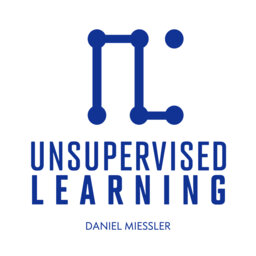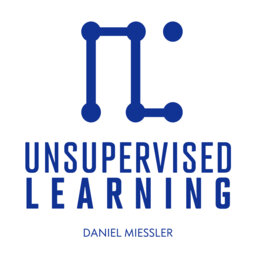Unified Entity Context
🔹 Thanks to ProjectDiscovery for sponsoring today’s video. I've been using their tools like Nuclei and Subfinder for years, and now they’ve brought that power to the cloud with a full vulnerability management platform.
➡ Try it yourself at https://ul.live/PD1
For over a decade, I've been exploring how AI and context intersect—and I believe Unified Entity Context (UEC) is the key to unlocking what comes next.
In this podcast, I walk through my journey—from security assessments and AI-powered tools to building real-world demos like Alma and Threshold. The core idea? That most hard decisions are only hard because we lack the necessary context. With rich, accurate, and fresh context, even complex decisions become simple.
If you're building in security, investing in AI, or just trying to understand where things are heading, this concept might reframe everything.
Check out the full video here: https://youtu.be/IHUqk90ch7I
 Unsupervised Learning
Unsupervised Learning


